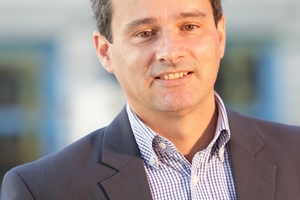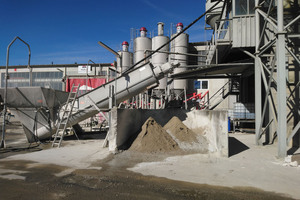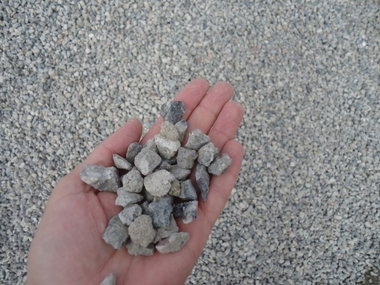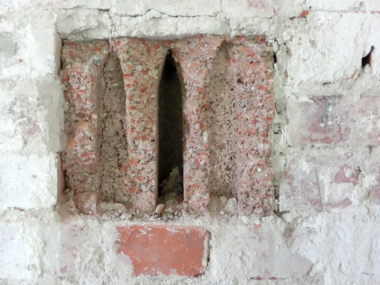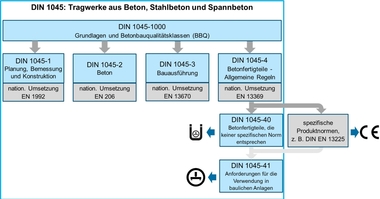What about a little bit more?
Residual quantities of fresh concrete are constantly accumulating in ready-mixed concrete and precast concrete plants; these residuals are often treated in fresh concrete recycling systems. These only 5 wt. % of the aggregates recycled in this process are allowed to be reused in concrete at reclaimed. The remaining portion of aggregates must either be stored or reused otherwise. This is where the AiF research project “Increasing fresh concrete recycling in the ready-mixed concrete industry – a contribution to resource conservation and waste avoidance while improving profitability (in short: “RC-Frisch”) comes in. The project is conducted with the collaboration of the German Research Association Ready-Mixed Concrete (Forschungsvereinigung Transportbeton e.V.). Within the research project, the question will be examined whether also larger proportions of recycled aggregates can be used in concrete without the fear that the properties will deteriorate. For this purpose, at first, a survey was conducted concerning the current state of the art in dealing with fresh concrete residues. Afterward, recycled aggregates gathered from various plants were examined over a long period. This investigation revealed that the reclaimed aggregates can significantly differ in their particle size distribution both among various plants and within one plant. In the next step, these data were used to evaluate the theoretical system limits. In this regard, the maximum quantities of reclaimed aggregates were determined, that could be added without having to expect any negative impact on the resulting concrete. The k-value was chosen as the decisive criterion and hence the associated water requirement of the aggregates. The system limits determined were checked in laboratory tests on their fundamental practical feasibility and/or practical applicability. For this purpose, about 20 % of the original aggregates were replaced by reclaimed aggregates. Concretes were tested for interior components and exterior components. In the last step, the translation of the results to the ready-mixed concrete production shall be investigated. For this purpose, field tests will be conducted in ready-mixed concrete plants.


